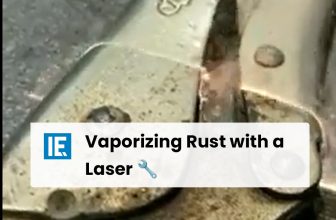
How a pimple forms
Pimples are formed when dead skin cells and oil (sebum) clog a hair follicle. This causes the follicle to swell and become inflamed. Bacteria can then grow in the clogged follicle, leading to an infection.
Sebum is a natural oil produced by the sebaceous glands in the skin. It helps to protect and moisturize the skin. However, too much sebum can lead to clogged pores and pimples.
Dead skin cells also play a role in the formation of pimples. As skin cells die, they are shed from the surface of the skin. However, sometimes dead skin cells can build up on the surface of the skin and clog pores.
When a hair follicle is clogged with dead skin cells and sebum, it becomes inflamed and swollen. This creates a pimple. Bacteria can then grow in the clogged follicle, leading to an infection.
Types of pimples
There are different types of pimples, depending on the severity of the inflammation and infection.
- Whiteheads: Whiteheads are small, white bumps that are caused by clogged pores. They are the mildest type of pimple.
- Blackheads: Blackheads are similar to whiteheads, but they have a black opening on the surface. The black color is caused by a buildup of sebum and dead skin cells that reacts with oxygen in the air.
- Papules: Papules are small, red bumps that are caused by inflammation of the hair follicle. They may be tender or painful.
- Pustules: Pustules are similar to papules, but they have a white or yellow center that is filled with pus.
- Nodules: Nodules are large, hard bumps that are located deep under the skin. They are painful and may leave scars.
- Cysts: Cysts are large, pus-filled bumps that are located under the skin. They are painful and may leave scars.
How to prevent pimples
There are a number of things you can do to prevent pimples:
- Wash your face twice a day with a gentle cleanser.
- Avoid scrubbing your face, as this can irritate your skin.
- Use a moisturizer that is non-comedogenic, meaning it will not clog your pores.
- Avoid touching your face throughout the day.
- Remove your makeup before bed.
- Eat a healthy diet and drink plenty of water.
How to treat pimples
There are a number of over-the-counter and prescription medications that can be used to treat pimples. Over-the-counter medications typically contain benzoyl peroxide or salicylic acid. These ingredients help to kill bacteria and unclog pores.
Prescription medications may be necessary for more severe cases of acne. Prescription medications can include antibiotics, retinoids, and birth control pills.
If you have pimples, it is important to be patient and consistent with your treatment. It may take several weeks or even months to see results. It is also important to avoid picking at your pimples, as this can lead to scarring.
If you have any concerns about your pimples, be sure to see a dermatologist.







